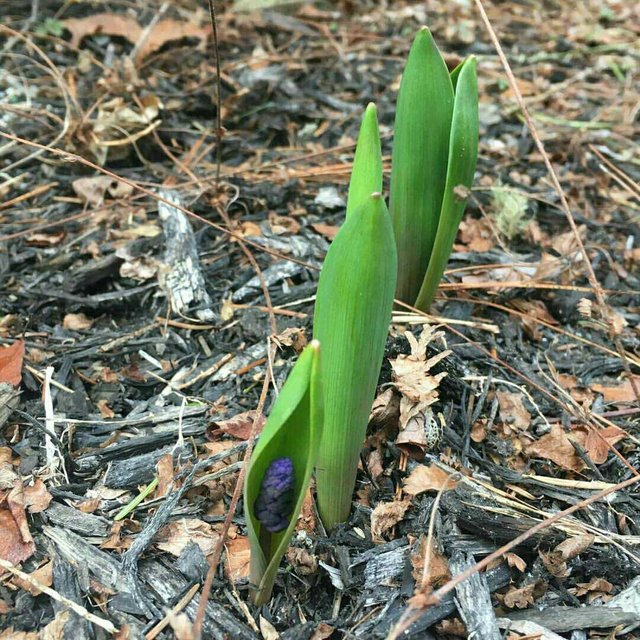
Muscari Armeniacum.
Besides the scientific name "muscari", this plant is also called water hyacinth and shallot. These names may seem small, like unrealistic plant sizes. Muscari is a close relative of goiter, and plants really resemble miniature hyacinths without leaves, they are crowned with racemose roses collected from small bells.
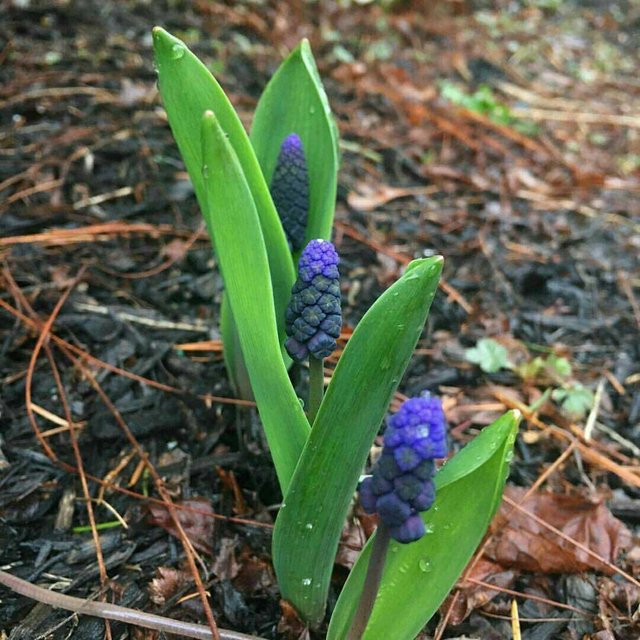
Muscari is a perennial reed plant. Genus muscari has about 60 species from the Mediterranean, Southern and Central Europe, Asia Minor and the Caucasus. Many species grow in natural conditions on Russian territory.
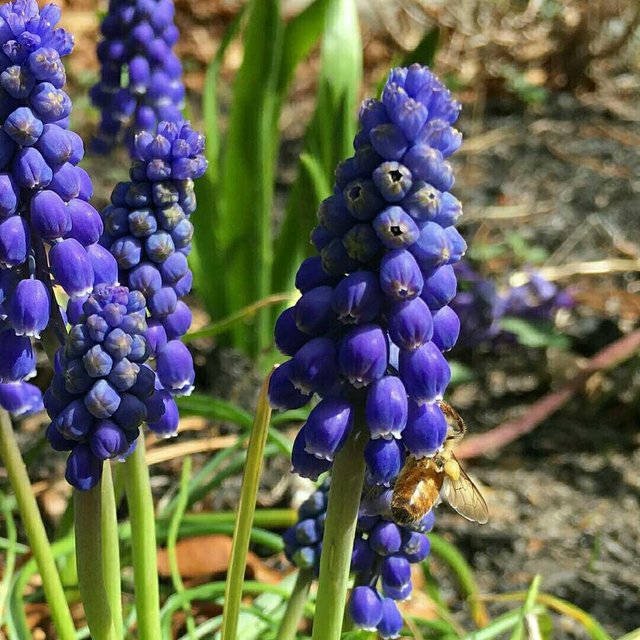
Plant height varies from 10 to 20 cm, and sometimes up to 30 cm, depending on the species. Plants bloom 7-10 days. Muscari flowering period continues depending on climatic conditions from mid-March to mid-May. Flowers in Muscari often have a blue color, but there are species with white, purple and even pale yellow flowers.
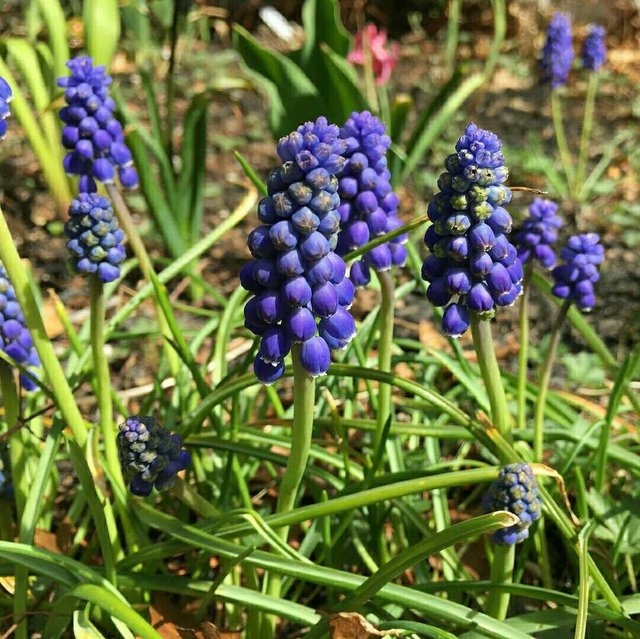
Muscari Armeniacum or often called hyacinth wine because of its flowers like grape bunches, usually planted in clumps so that it looks beautiful like a blue carpet. Muscari includes wildflowers that began to be cultivated around 1871 with the most bright blue color cultivated. Including flower bulbs that are easy to grow with sufficient development, sometimes breed quickly in suitable areas, usually planted with daffodils or pink tulips, can be planted in areas that are fully or partially exposed to the sun, and not moist. Muscari armeniacum bulbs are sold for 6/7 cm, small like small onion bulbs.
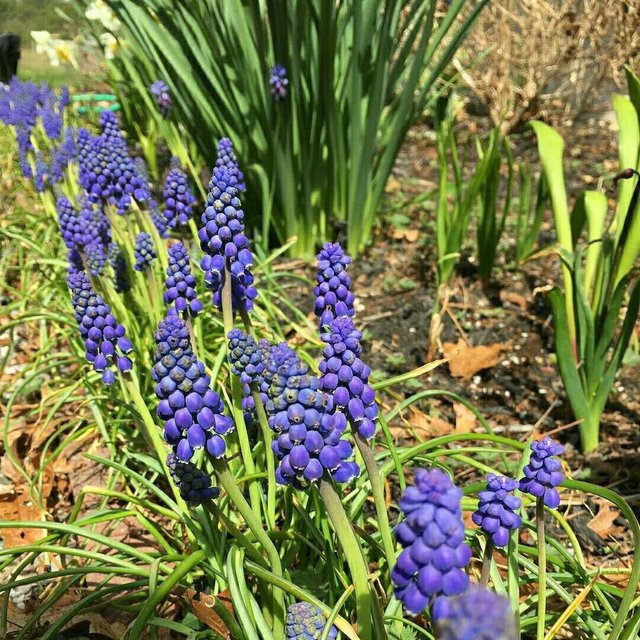
In 4 seasons, begin planting in the early autumn. Here's how to cultivate muscari;
- Plant the seeds with a depth of 3-4 cm
- Soil contains good quality organic mixtures.
- Plants need full light.
- If the flowers start to appear and flush a little water.
- Do not have stagnant water in the pot, because the tubers will rot.
Thus a brief review of muscari flowers, hopefully useful.
Followme
Vote and
Resteem.